
Starting June 1st, 2023 Our warehouse fee will be $0.65/cubic foot per month
In effort to lower the warehouse storage fee during inflation, we have went narrow aisle racking.This construction took us four months but the project is finally completed. With narrow aisle racking, we are able to drop storage by 24%.We as partners will go through this inflation together.
10/29/2024
CALIFORNIA, US, Oct 29 – In a major step toward cleaner marine energy, the world witnessed a significant milestone last month at a prominent bulk export port in Western Australia, where shippers successfully conducted the first ship-to-ship ammonia transfer. This successful transfer marks a key advancement in ammonia's potential as a marine fuel, as the shipping industry explores eco-friendly alternatives to reduce its carbon footprint, which currently accounts for nearly 3% of global emissions.
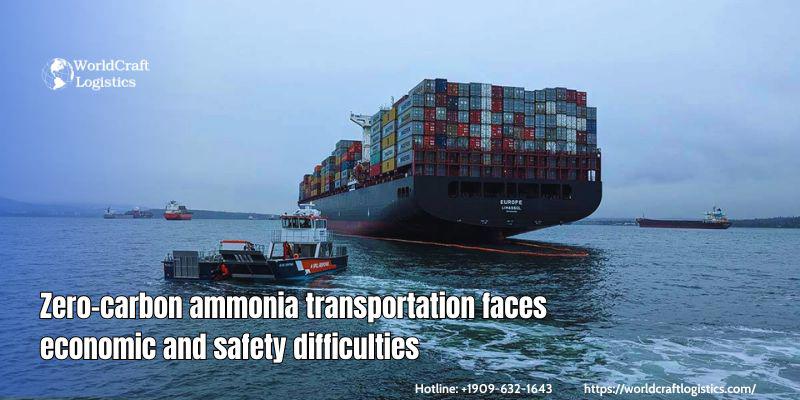
Ammonia-powered cargo vessels are expected to debut by 2026, joining a growing fleet of alternative-fuel ships that aim to curb environmental impacts. Despite its carbon-free promise, ammonia as a marine fuel faces notable obstacles, including high costs and stringent safety concerns compared to options like liquefied natural gas (LNG), methanol, and biofuels.
Ammonia holds significant appeal due to its carbon-free composition and potential for zero emissions if derived from renewable hydrogen. However, its high toxicity and explosive nature present substantial safety risks, particularly on ships traditionally powered by safer fuels. “The current lack of regulation, operational experience, and ammonia’s inherent toxicity present considerable safety challenges,” stated Laure Baratgin, head of commercial operations at Rio Tinto, the largest iron ore producer globally and a key participant in the Dampier ammonia transfer trial.
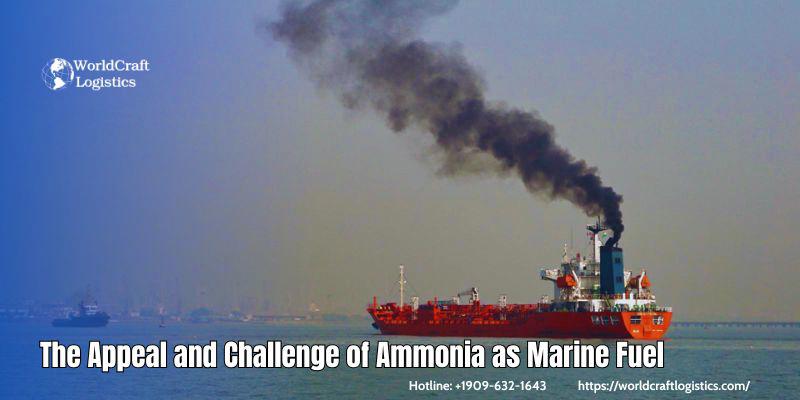
While Rio Tinto has dual-fuel bulk carriers that operate on traditional fuels and LNG, it has yet to adopt ammonia-powered vessels. "Once we and our partners gain sufficient confidence that risks are well-managed, we may charter ammonia dual-fuel vessels, though a specific timeline remains uncertain," Baratgin shared.
Ammonia dual-fuel vessels remain a rarity, with only 25 such ships ordered worldwide in 2024, far behind the 722 LNG-fuelled and 62 methanol-fuelled ships either operational or on order. Japan’s Nippon Yusen Kaisha (NYK) has committed to constructing the world’s first medium-sized ammonia-fuelled gas carrier, developing specialized equipment for safer ammonia bunkering.
One of the primary safety concerns revolves around ammonia’s hazardous properties. Bunkering – the process of refueling ships – poses particular risks, as ammonia exposure can lead to severe skin, eye, and respiratory issues. "The greatest risk lies in leaks during bunkering operations," said Yoshikazu Urushitani, general manager in Mitsui OSK Lines’ marine fuel division, which is currently designing an ammonia-fuelled bulk carrier. To mitigate these risks, the Global Centre for Maritime Decarbonisation (GCMD) has outlined over 400 potential hazards associated with ammonia bunkering and is developing emergency response plans to contain any leaks efficiently.
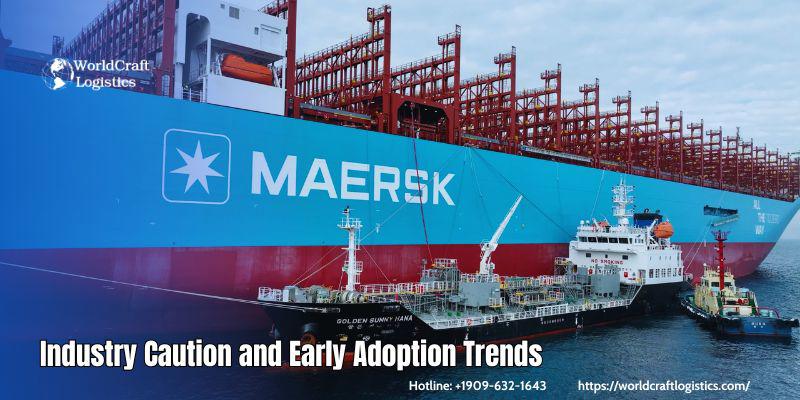
As industry regulators ramp up efforts, Singapore, the world’s top refueling hub, is collaborating with selected companies to study ammonia’s potential for bunkering and establish global safety standards. However, significant cost barriers persist. Currently, using ammonia as a marine fuel costs two to four times more than traditional options, with lower energy density necessitating either increased fuel quantities or more frequent refueling.
Despite these hurdles, experts project a promising future for ammonia, with the American Bureau of Shipping forecasting it to supply nearly one-third of the bunker fuel market by 2050. “We won’t release any product until we’re fully assured all risks are responsibly managed,” stated Kenny MacLean, COO of Peninsula, a leading bunker fuel supplier.
As ammonia takes its first steps in the maritime industry, companies worldwide are laying the groundwork for a potentially transformative energy shift. With collaborative regulatory efforts and advancing technology, ammonia could soon become a viable solution for sustainable shipping on a global scale.
*This article was compiled and edited by the Worldcraft Logistics team on the internet, closely following the original content. If you have any complaints or specific requests, please contact us for the earliest resolution.
SEO
Digital Marketing/SEO Specialist
Simon Mang is an SEO and Digital Marketing expert at Wordcraft Logistics. With many years of experience in the field of digital marketing, he has shaped and built strategies to effectively promote Wordcraft Logistics' online presence. With a deep understanding of the logistics industry, I have shared more than 500 specialized articles on many different topics.

Hot News
08/05/2024
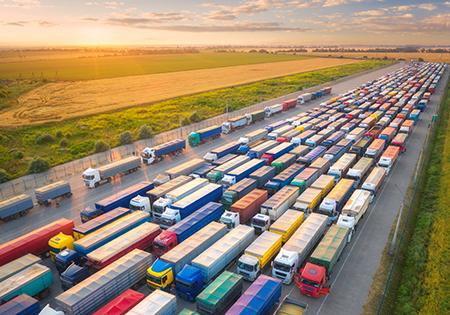
Hot News
02/23/2023
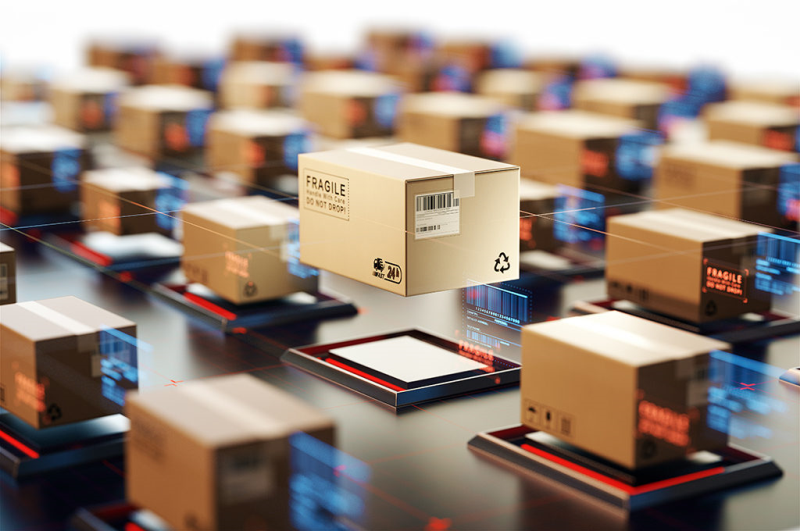
Hot News
02/23/2023
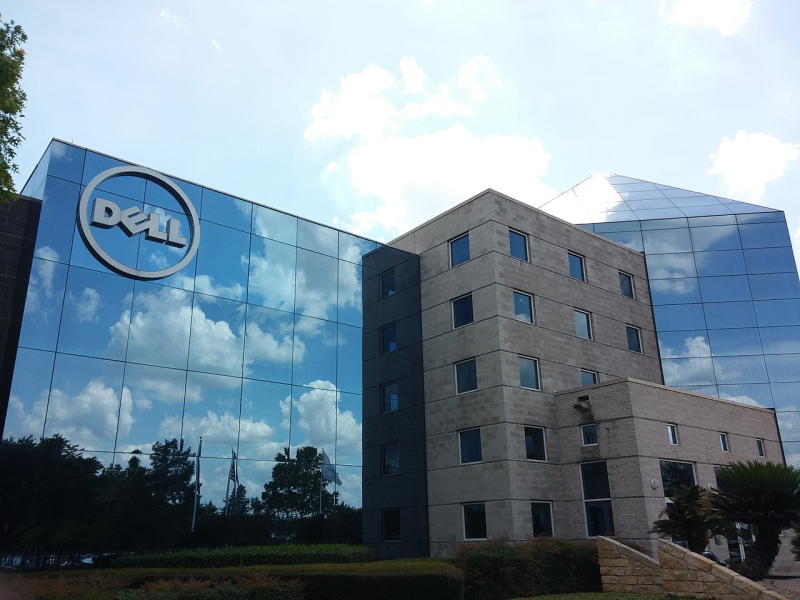
Hot News
02/06/2023
Hot News
02/07/2023